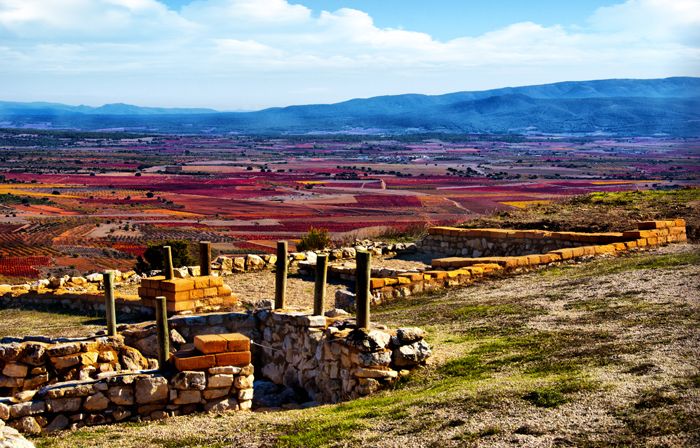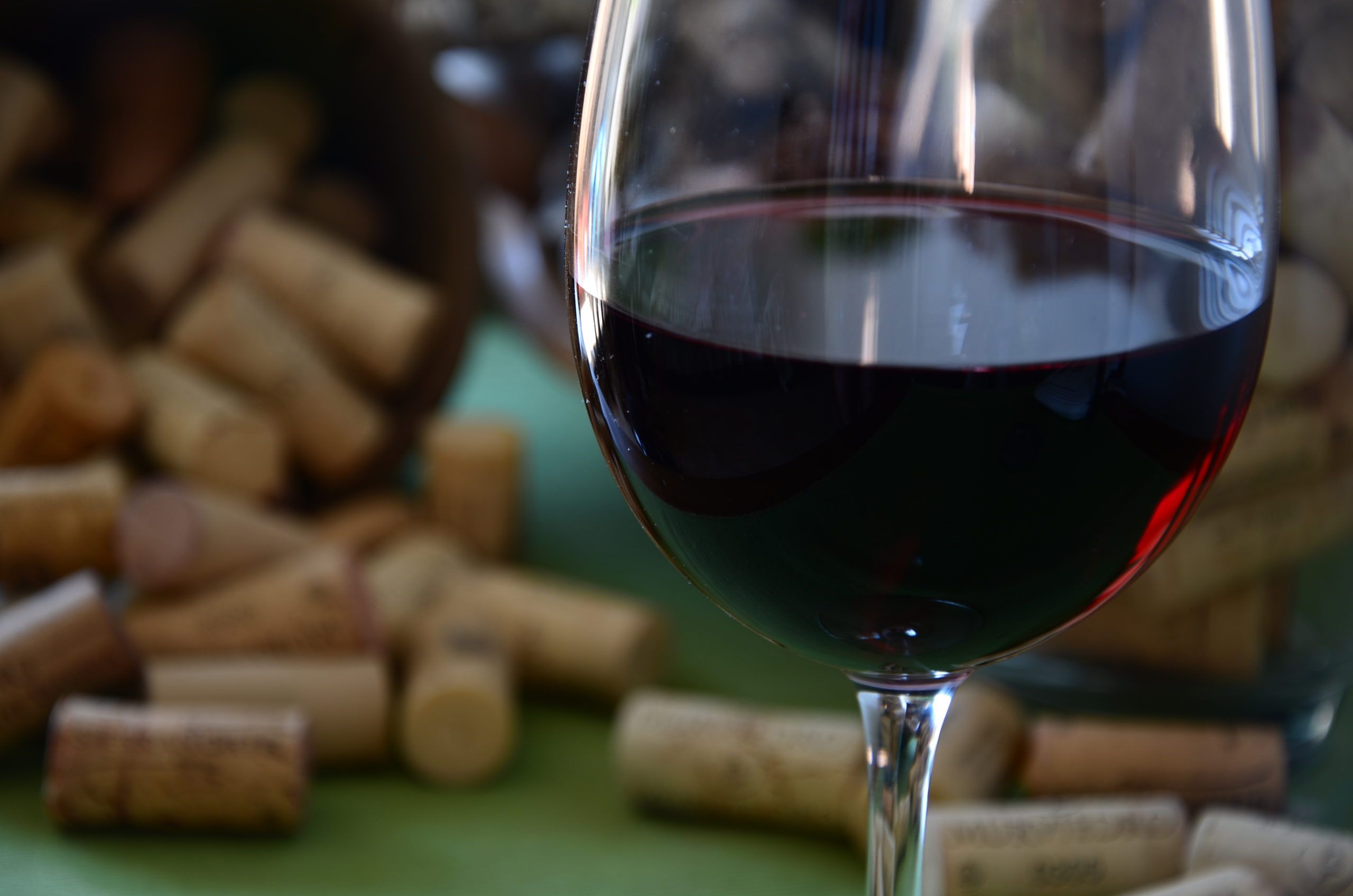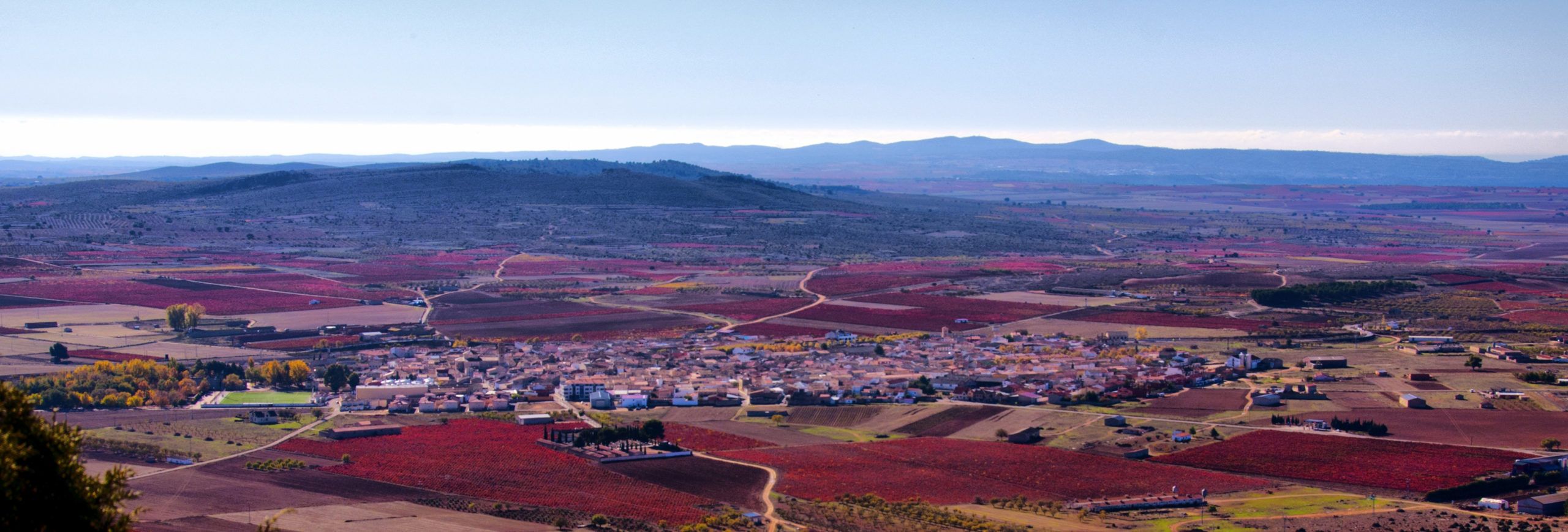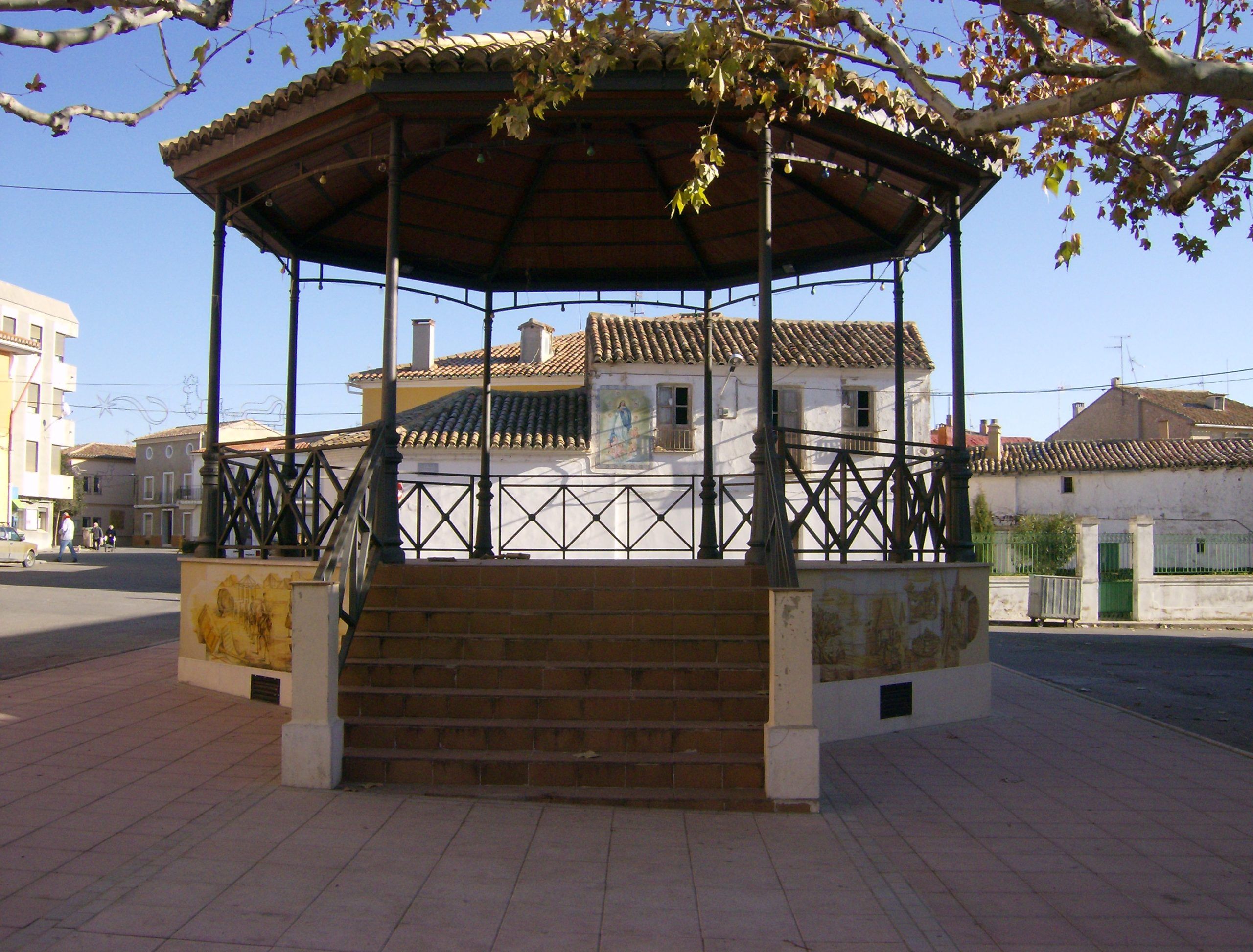Camporrobles
Camporrobles is situated at an altitude of 900 meters above sea level, bordering the province of Cuenca. The village offers numerous possibilities for enjoying history and nature in an educational manner, from hiking along the Iberian route to climbing up to an Iberian settlement. Places of interest within the village include the neoclassical church of Our Lady of the Assumption and the Ethnographic Museum.
There are numerous sites of great natural beauty in the surrounding area: “El Molón” spring, “San Cristóbal” hill and “El Castillete”, located at the Contreras Reservoir. There are two local sports: “el tiro del barrón” and “el tranco”.
Gastronomy:
The village offers typically-Castilian cuisine (“migas”, “ajoarriero”, “morteruelo”, sardine cakes, sandwiches, fritters, omelettes, sweet potato pasties, fried milk, among other dishes) that can be enjoyed in the local restaurants and bars.
Places of interest:
Notable tourist sites:
– “El Molón” Archaeological Park (Site and Interpretive Centre)
– The Raúl Gómez Museum Collection contains three important collections (archaeology, malacology (items donated by Siro Defez pieces) and optokinetic painting (items donated by the family of Fernando Garfella Moreno)).
The visitor must not miss out on the signposted trails (Iberian Route and “Cerro Cardete”). Natural landscapes, local cuisine, wine, etc.
Church of Our Lady of the Assumption (18th century)
A neoclassical church with a single, Latin cross shaped nave with transept. It has a barrel vault roof and a straight chevet. Above the transept, there is a semi-circular dome set in an octagon that is visible from the exterior. The nave is divided into chapels: three on the Gospel side and four on the Epistle side. There is an underground chapel under the right transept. The sacristy is located in the upper section. The altar, with an altarpiece composed of three levels with neoclassical decor, with wreathed columns and the statue of the Assumption, is located in the central, semicircular arched bay. A statue of the Crucifixion is to be found in the rectangular bay in the upper section, which in turn is decorated with scrolls, vases, cornucopias, mirrors and red, blue and gold marble.
Hermitage of Saint Christopher
Situated on “San Cristóbal” hill, the building has a single nave and a wooden roof. In the exterior there is a porch composed of two pillars supporting a base of wooden beams and a sloping roof. In the upper section there is a capstone in the form of a bell gable, where the bell is to be found. This building has been recently restored.
Old Town Hall
An example of late 19th-/early 29th-century architecture. It is a rectangular building with three floors and a roof with four slopes. There is a small tower with a semi-circular dome supported by twisted columns that houses a statue of Our Lady of the Assumption.
The access door and four rectangular windows are located in the lower section. The windows have been modified during past renovations. There are further, barred windows at the sides. On the first floor there are five balconies aligned with the lower bays, with the wrought iron balustrade and, on the third floor, a further five windows.
“El Molón” Archaeological Park
The Town Council, in collaboration with Alberto Lorrio, Mª Dolores Sánchez del Prado and the students of the University of Alicante, has carried out important work in order that we may all enjoy El Molón Archaeological Theme Park. The installations are composed of El Molón Interpretation Centre and El Molón Archaeological Site.
“El Molón” Archaeological Site
El Molón is a site of great interest due both to its strategic geographical location in the transition zone between the Plateau, the Iberian mountains and the Mediterranean coast and to its impressive natural defence system.
This was one of the principals reasons for the Iberian occupation of the upper section of El Molón, known as “Gallarda”, between the 7th- and the 1st-century, BC. Today, we can find significant traces of their buildings and way of life. Notable elements dating from this period include the cisterns carved from the rock, the defensive system and a winery.
During the Roman period, the settlement was moved to the plains near to the reservoir, before being re-occupied by the Muslims between the 8th- and 10th-centuries. From this period, mention may be made of the mosque.
The area was later used as an airfield observatory during the Spanish Civil War and as an agricultural area.
Access to the site is free (the site is equipped with information panels), and there are guided visits available, which can be booked by calling the town hall on 962 181 006.
Festivities:
The winter festivities are held on 5th February in honour of Saint Agatha, whilst the third week of August sees the celebration of festivities in honour of Our Lady of the Assumption, which are accompanied by cooking contests, floral offerings, bull-running, etc.







